Turn the eNPS (Employee Net Promoter Score) question into a powerful driver of employee satisfaction and retention, with actionable feedback and measurable impact.
.avif)
.avif)

.avif)
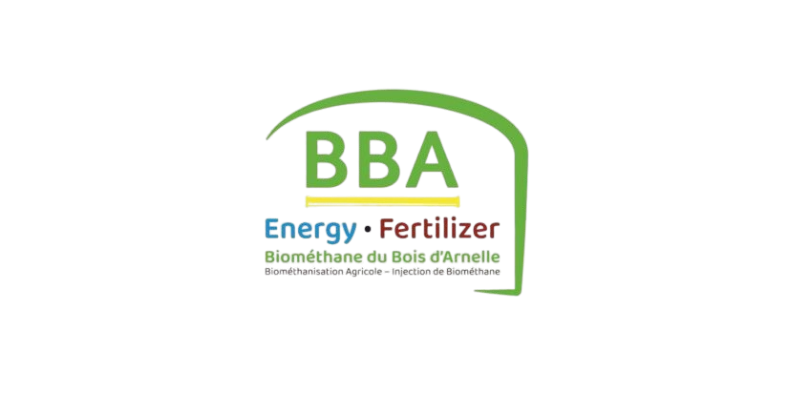


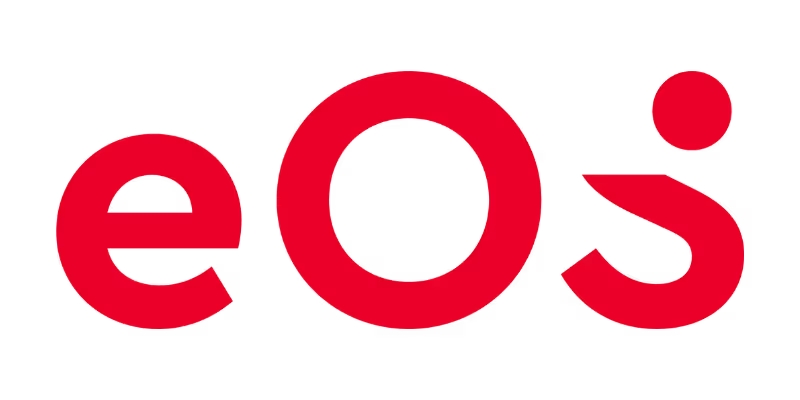



.avif)

.avif)







.avif)
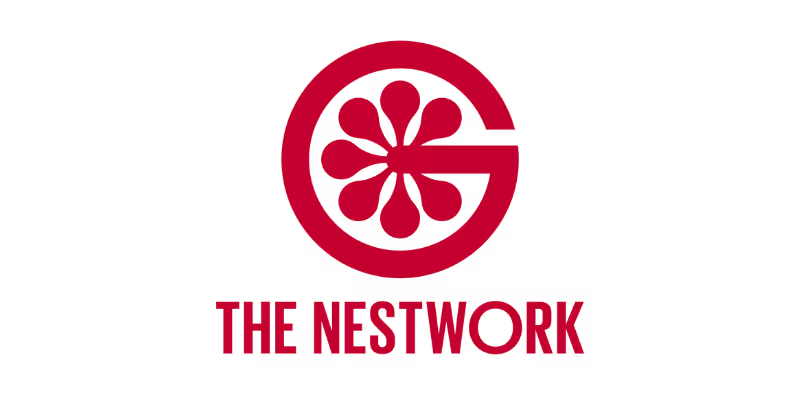

.avif)

.avif)

.avif)


.avif)
.avif)


.avif)
.avif)



In a fast-changing world of work, actively listening to employees has become a strategic imperative. Too many companies run surveys without ever turning insights into real actions. With eBloom, every piece of feedback counts: it fuels a nuanced understanding of your workplace climate, supports leadership decisions, and triggers targeted actions.
.avif)
.avif)


The eNPS (Employee Net Promoter Score) is based on one simple question:
"On a scale from 0 to 10, how likely are you to recommend [your company] as a place to work?"
The score is calculated as:
% Promoters – % Detractors
It ranges from -100 to +100 and provides an instant view of your workplace climate.
.avif)
.png)

.png)

.avif)
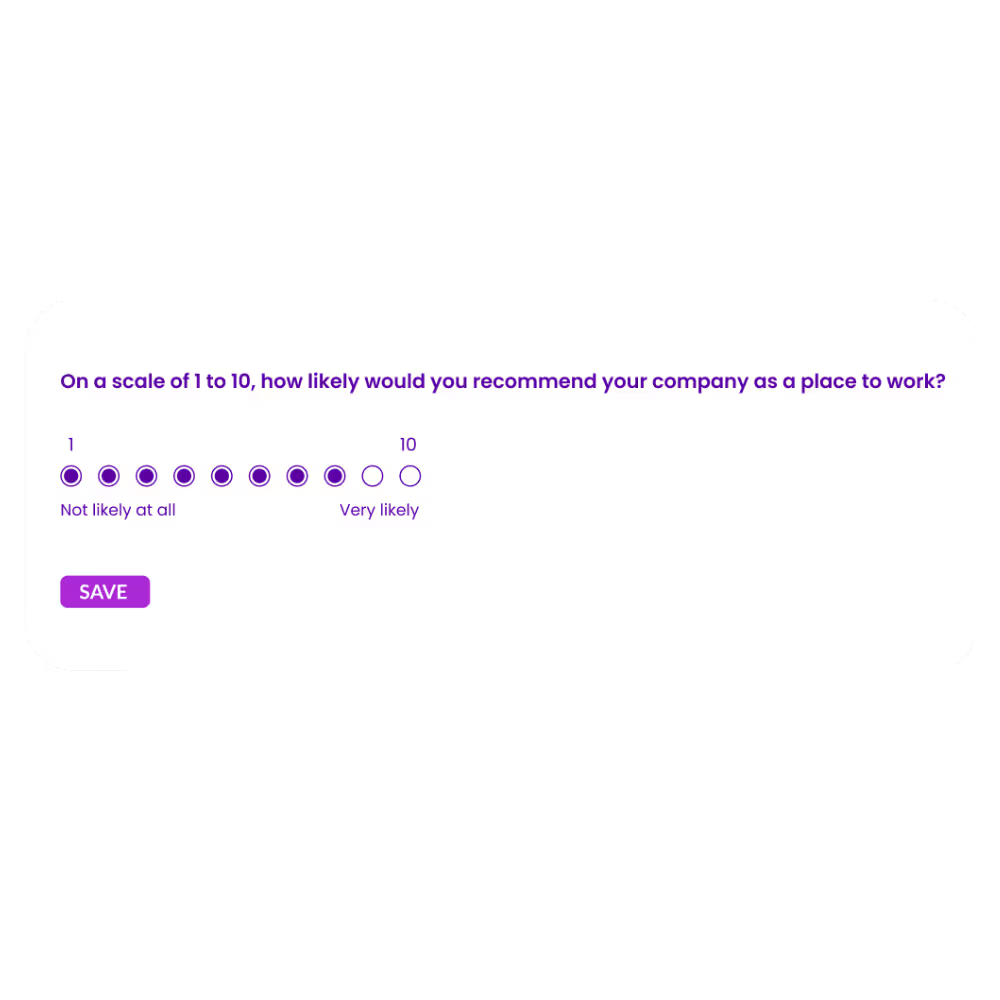
As useful as it is, a score alone doesn’t tell the whole story.
eNPS can:
.avif)
More than a score: ask the right questions, dig deeper, and turn insights into action.
.avif)









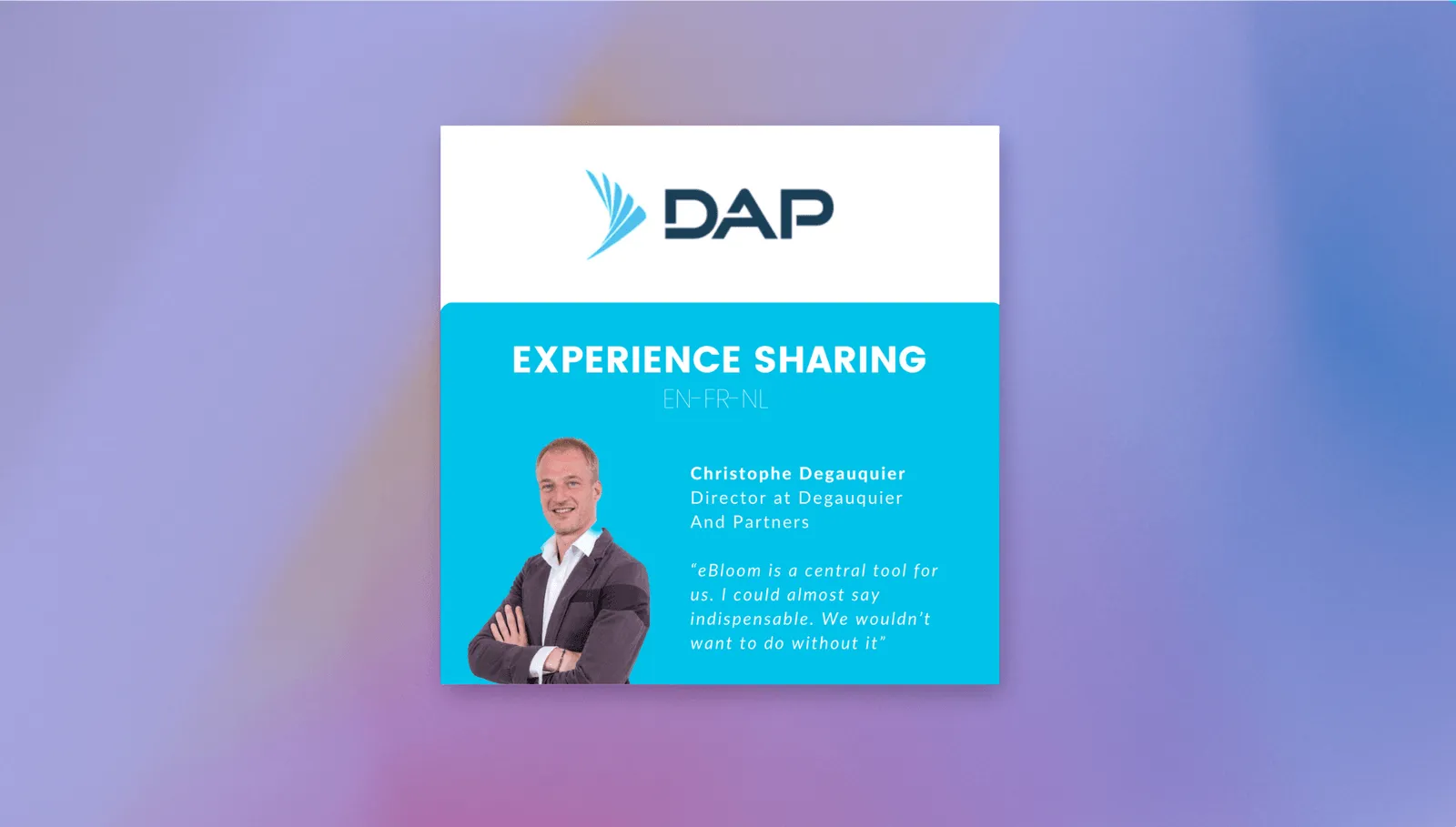
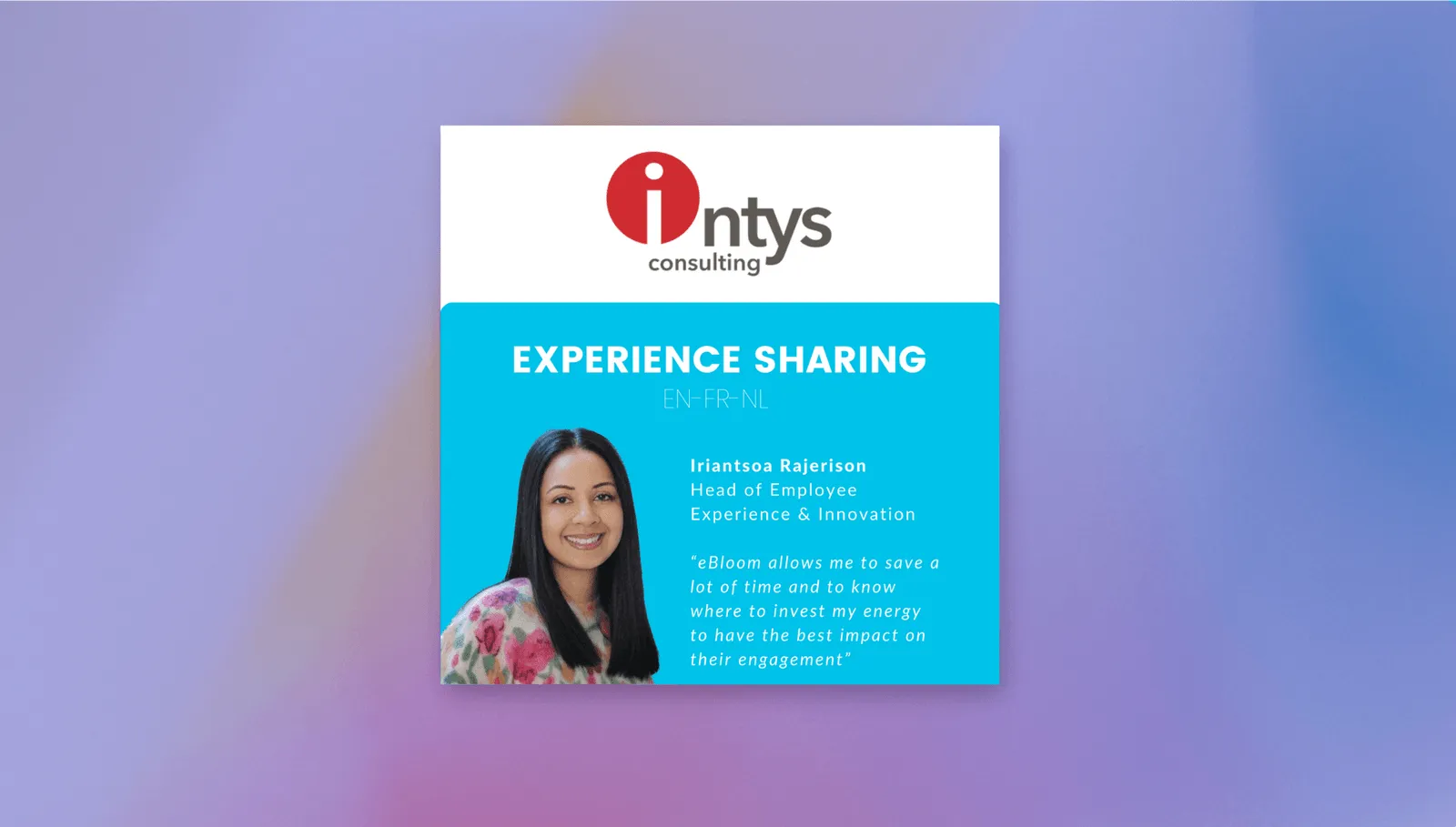
We recommend quarterly surveys to track trends without overwhelming your teams. You can also send it after key events (mergers, leadership changes, internal crises…).
Yes and that’s what we recommend. Anonymous answers encourage more honesty and authenticity. However, the eNPS can also be deployed non-anonymously if needed. Results are only displayed when there are enough responses to ensure confidentiality.
Start with the overall score, then dive deeper: look by team, monitor trends, and review open comments.
Absolutely, they're highly recommended to understand the reasons behind the scores.
Share the results with your teams, open up the dialogue, and co-build a visible and engaging action plan. With eBloom, you can use the collaborative workspace to involve your employees in finding concrete solutions and improving your eNPS together.
It’s a useful red flag, not a failure. Use open questions to uncover the causes, then take a step-by-step approach: share results transparently, prioritize areas for improvement, and communicate progress regularly.